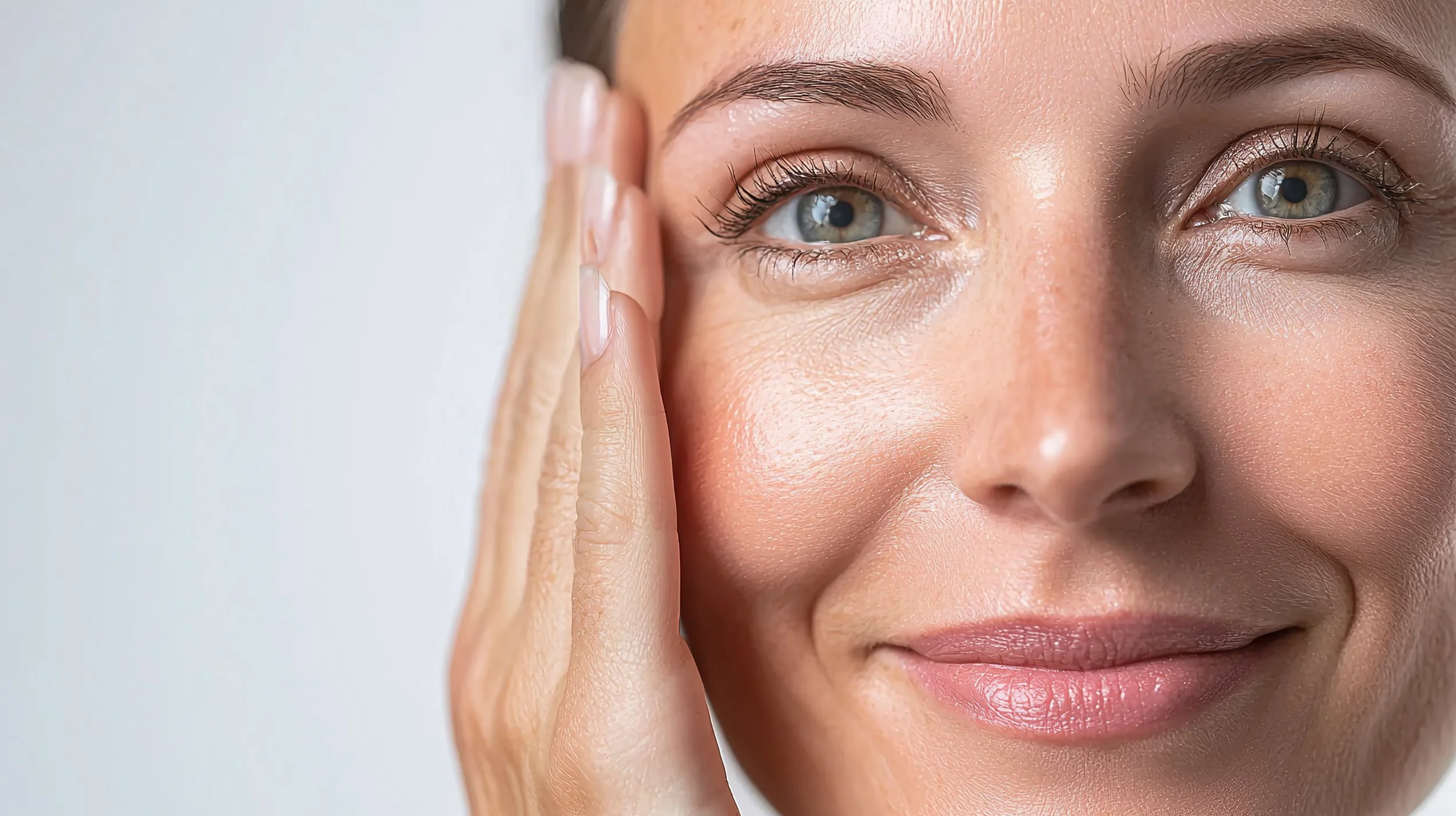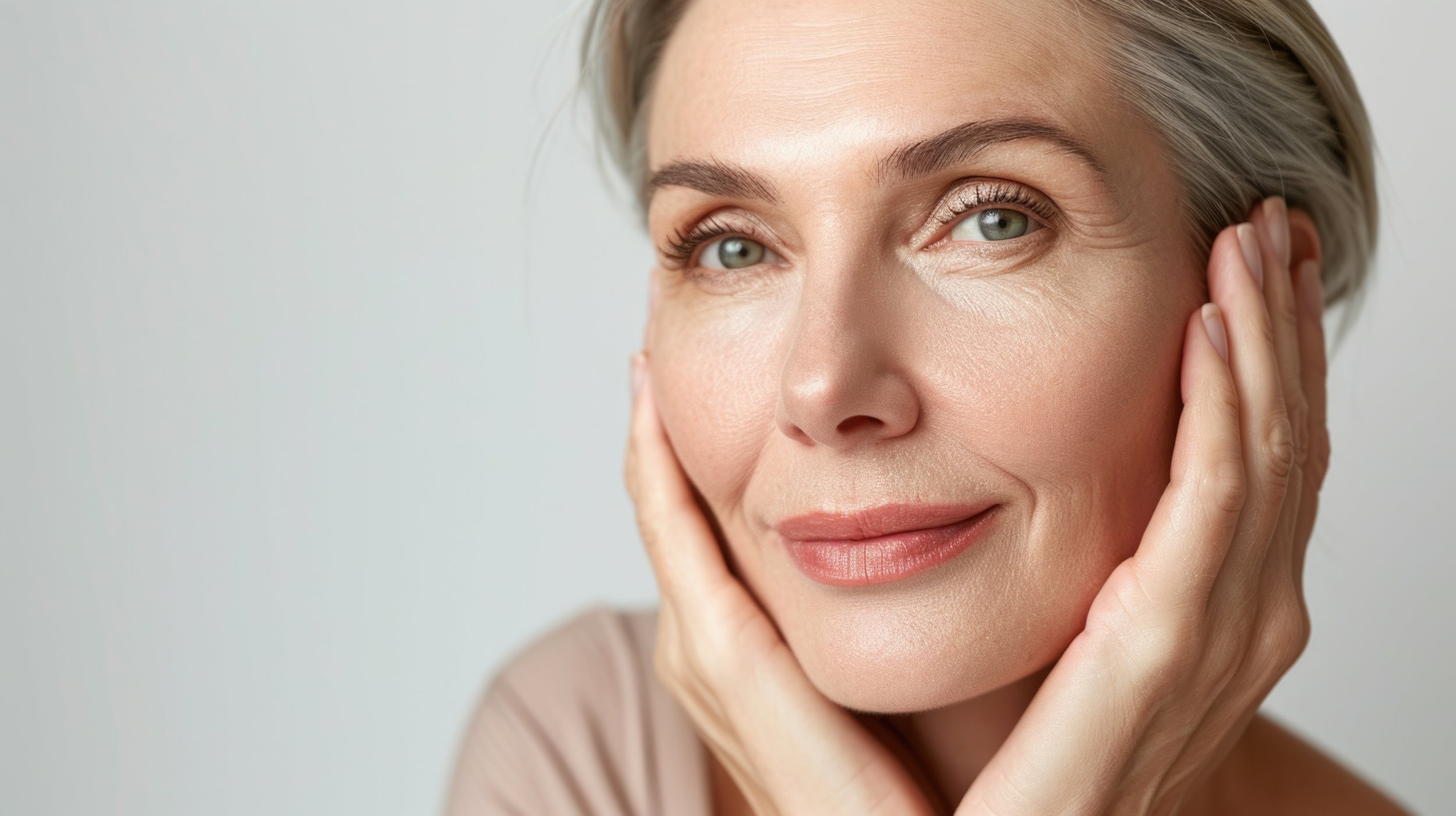
Where World-Class Surgery Meets Advanced Aesthetic Excellence
The UK’s most exclusive clinic, offering you a complete aesthetic experience from pioneering surgery to cutting-edge non-invasive care, all delivered by leading specialists under one luxurious roof.
New at The Ghanem Clinic: The UK's First Endoscopic Facelift
The Snatched Lift™
A revolutionary technique using advanced fiber-optic technology to achieve unprecedented precision through minimal incisions, all strategically hidden within your natural hairline.
Expertly addresses:
Brow elevation and forehead rejuvenation
Midface volume restoration
Nasolabial fold softening
Jawline definition and early jowl correction
Featured Treatments
Discover our most requested treatments:
At The Ghanem Clinic, we offer something no one else does: a true 360-degree approach to aesthetic medicine
Led by world-renowned plastic surgeon Professor Ali Ghanem, our team brings together the very best practitioners in their fields, combining surgical precision, non-invasive innovation and regenerative science to deliver bespoke treatment journeys, all under one roof.
Whether you are seeking advanced surgery, top-tier medspa treatments or a carefully designed combination of both, our team will guide you through a seamless, private and personalised experience, ensuring the most natural, confidence-enhancing results.
Why Choose Us
360-Degree Care in One Clinic
No need to visit separate providers or juggle multiple appointments. Here, surgery, medspa and regenerative treatments come together in a single, expertly guided experience.
Unparalleled Expertise
Led by one of the world’s most respected aesthetic surgeons, supported by a team of top specialists.
Bespoke Privacy & Exclusivity
A uniquely high-end experience, carefully choreographed behind discreet doors for those who expect absolute confidentiality.
Meet Our Experts
The Ghanem Clinic team brings together world-renowned surgical and non-surgical specialists, led by Professor Ali Ghanem. Our collective expertise allows us to offer you unparalleled care, combining the best global innovations with a bespoke, patient-first approach.
What Our Patients Say
As seen in
The Ghanem Clinic featured in TATLER | Beauty & Cosmetic Surgery Guide:
Book a Consultation
Contact us to talk about a bespoke treatment plan for you.











